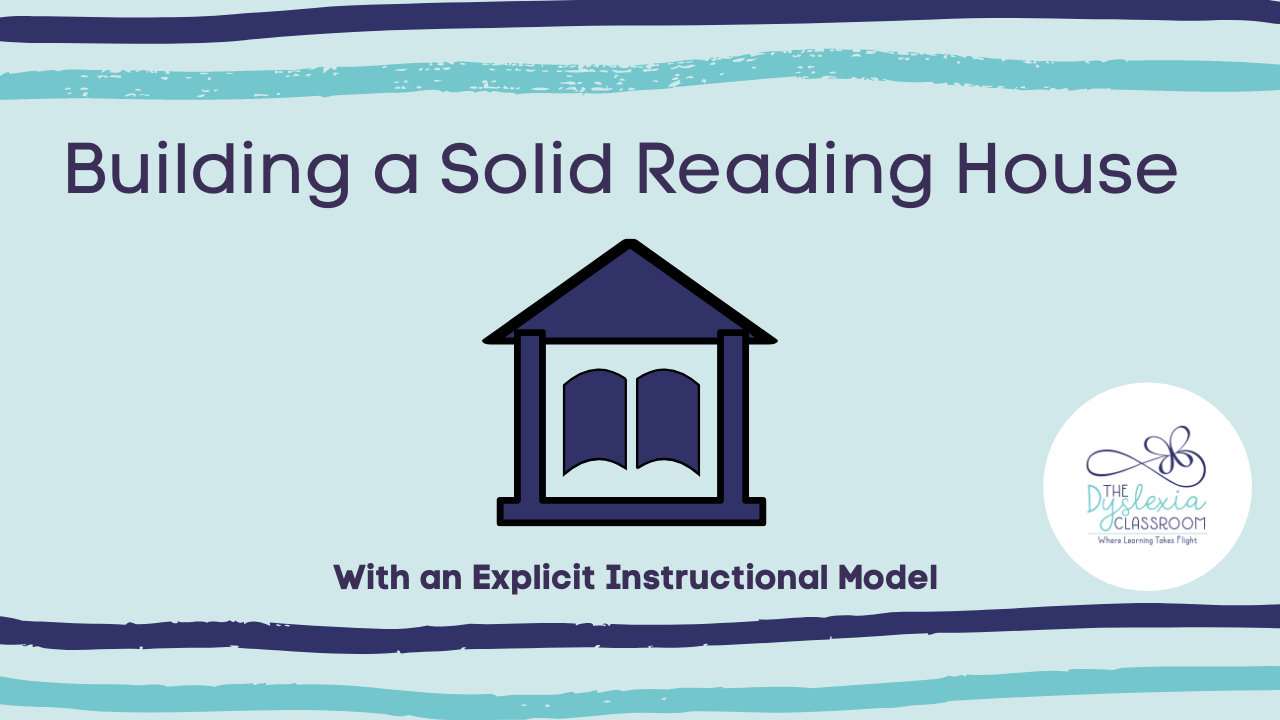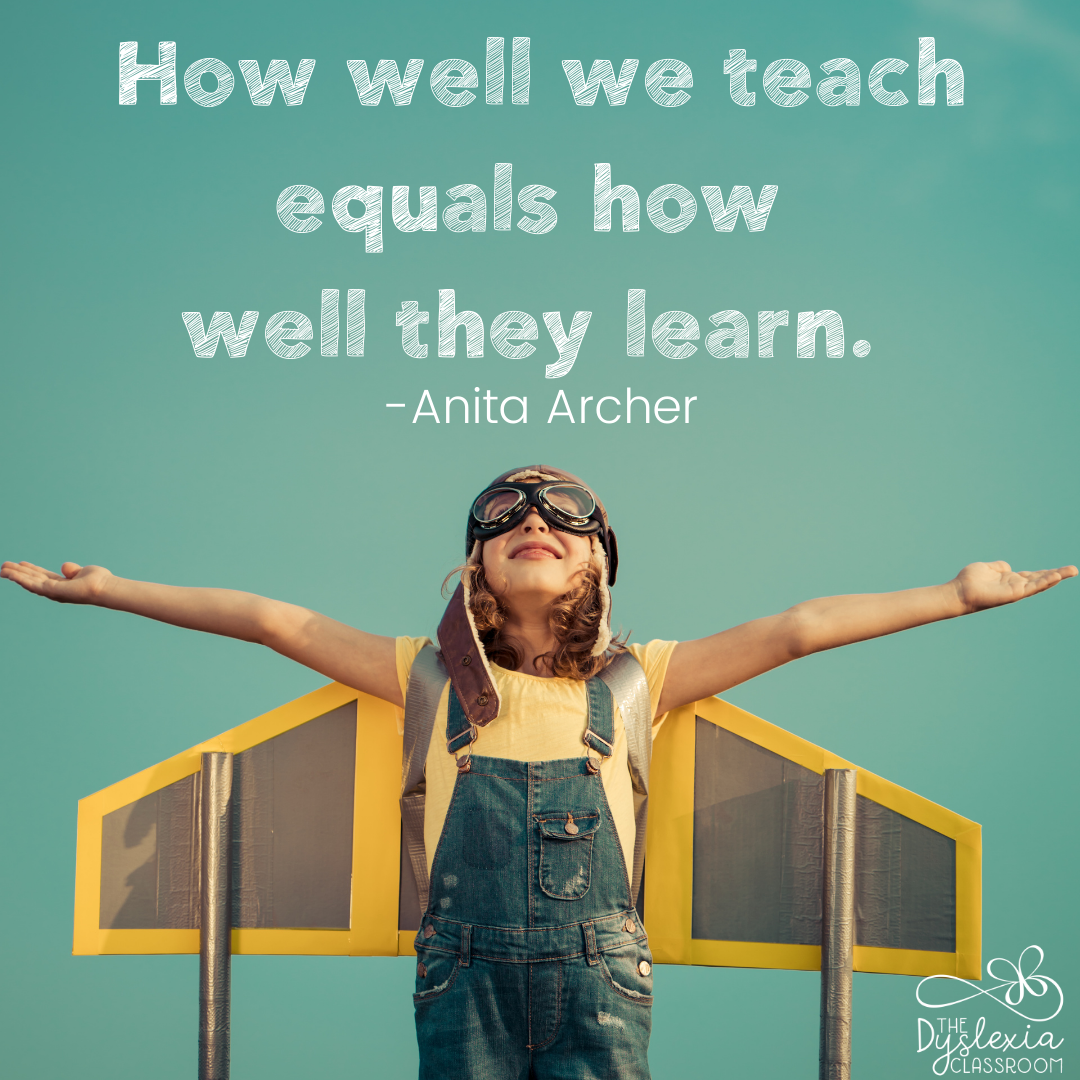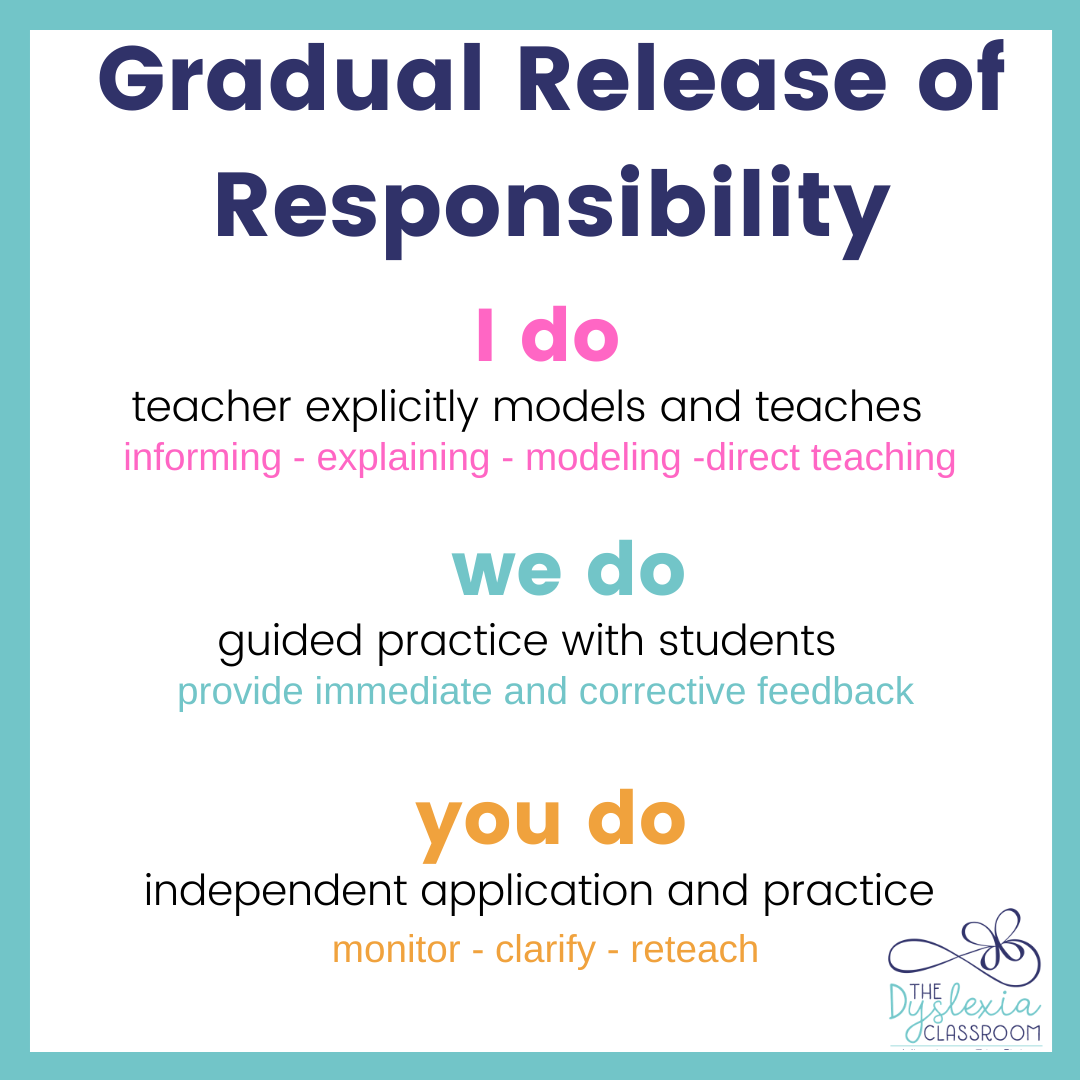Top Reason to Use an Explicit Instruction Model

Hi, friends! I'm going to start this week's blog post off in a slightly different direction than usual. Don't worry, I've got some great tips to also share with you this week. 😊
If you are like me, you get inspiration from design feeds and head straight to Target to purchase all the pretties. Don't you always love an excuse to browse Target's newest home decor? 😉
What happens, though, is that I get home with all of my goodies, and I'm not really sure what to do next. Then, I realize that I wasn't fully prepared to start decorating.
Why? Well, because the foundational pieces in my home were not yet set or organized for me to even begin to think about decorating or taking a trip to Target. 😔 Did I mention that I have three little ones, three HUGE dogs, and a husband running around the house making it just a bit difficult to stay organized?
Anyway, what happens is that my pretty, new decor gets lost in the bigger picture of my home (or added to the pile of decor in my hall closet 😊) because I didn't prepare or plan for this step in my home's change and growth.
Now, you're probably asking yourself why I'm mentioning home decor in a reading blog, and the answer is simple. This same situation happens with instruction as well. As educators, we get so excited about trying a new, fun activity or assignment without truly laying the proper foundation for our students' success. It's just like going to Target to purchase slip covers in a certain color without even knowing what color you are painting the walls or the color of your new carpet. You must have a proper foundation laid out first.
When we think about building a house, we do so systematically. We begin with a solid foundation, and then add layers to form a solid structure. The same approach is used when teaching reading.
Building a solid reading house begins with systematically and explicitly teaching what is needed. There is no room for guessing. When we guess, or visit Target too soon 😉, the result is a shaky foundation. Eventually, a student's reading house ends up with cracks and breaks down.

We can't expect children to know how sounds link to letters, how to put those together, and then just read and spell proficiently. Using an explicit model, such as the "I Do-We Do-You Do" model, provides the framework for understanding the importance of supporting students with their learning, and then, gradually releasing this support.
Explicit instruction makes lessons clearer to students by teaching skills in a sequential way, modeling what is needed, and providing ample opportunities for practice; all while providing immediate, corrective feedback as needed. This type of instruction is essential for struggling readers and aligns with what we know students need to break the reading code 📖. It sequentially provides students with the skills to build a solid foundation for their reading house.

So, What is the "I Do-We Do-You Do" Model?
The "I Do-We Do-You Do" model is also referred to as the gradual release of responsibility. We want students to apply skills independently, but we need to provide models and supports along the way. This model sets students up for success and provides ample opportunity for teachers to monitor students' needs for supports and accommodations. It also provides explicit and immediate, corrective feedback as students move towards independent application.
The "I Do"
In the "I Do" phase of this model, the teacher explicitly models and teaches. This is the demonstration phase of the lesson. The teacher plays a prominent role in delivering the lesson information and providing the necessary knowledge.
The "We Do"
In the "We Do" phase, the teacher guides the student through the application or practice of the skill or concept that was demonstrated in the "I Do" portion of the lesson. The teacher provides layers of support as needed and immediate feedback during this guided practice. As the student acquires new skills and knowledge, the gradual release of responsibility moves them to independent practice or the "You Do" phase.
The "You Do"
As students rely less and less on the teacher, they begin to apply new skills to their learning. The teacher continues to constantly monitor learning and moves fluidly back and forth through the model as needed.
This gradual release of responsibility sets students up for success, explicitly models and teaches the necessary skills and concepts needed to move to independent practice, and provides ongoing monitoring and teaching. This form of teaching is essential for struggling students and provides them with a solid foundation to build their reading house upon.
I hope this post has helped you understand the importance of building a solid foundation for your students' reading success. Do you use the "I Do-We Do-You Do" model of teaching? Comment below👇 and let me know if you use a different explicit instructional model (or with your latest Target find 😉).
Have a great week!
Casey
The Dyslexia Classroom

This information is the intellectual property of @2016 The Dyslexia Classroom®. Do not use or repurpose without expressed permission from The Dyslexia Classroom®. Please email [email protected] for permission, and give The Dyslexia Classroom® an attribution if you use, reference, or quote/paraphrase copyrighted materials. This includes but is not limited to blogs, social media, and resources.



